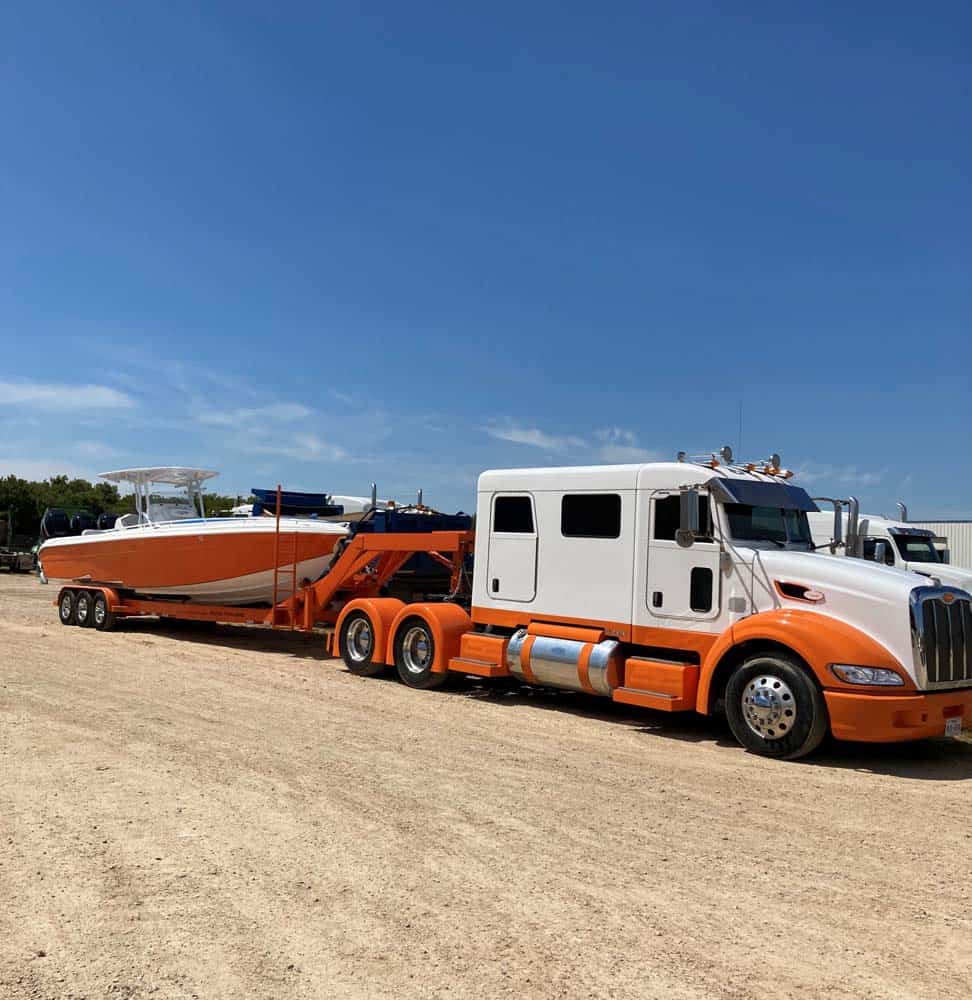Buying a Motor Grader – 4 Tips & Things to Know
Buying a Motor Grader – 4 Tips & Things to Know
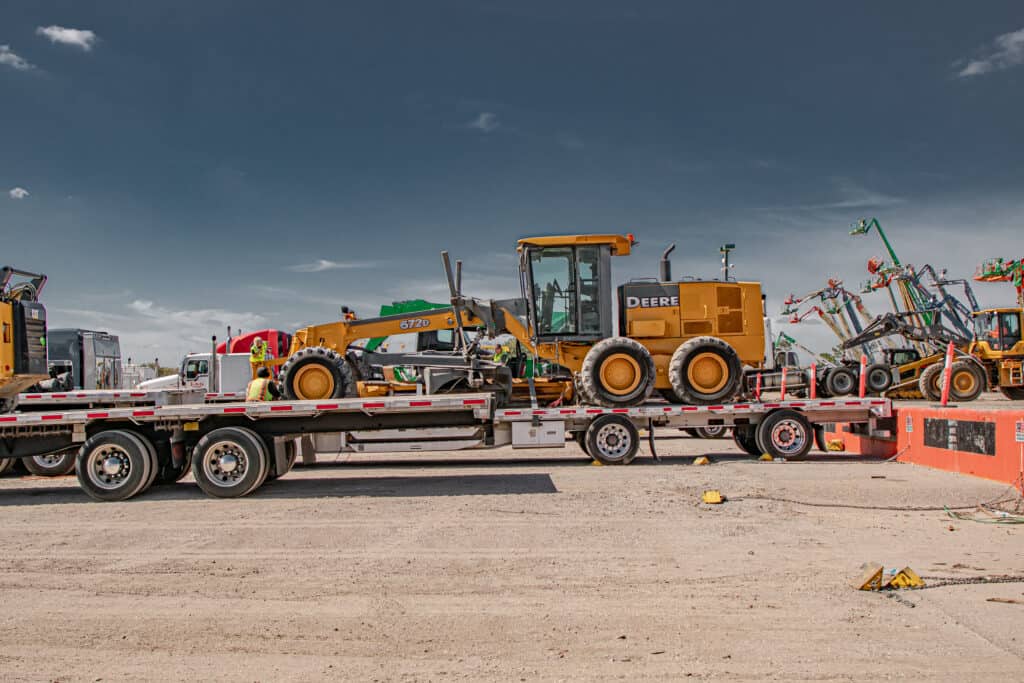
Purchasing a Motor Grader is an important task that takes much consideration before committing to the purchase. With so many factors to think of, we have compiled a list of Things to Consider Before Buying Your Next Motor Grader. A motor grader is often called a road grader, blade, or simply a grader, as they are commonly used to grade gravel or dirt roads. Most graders have 3 axles; steering in the front, grading blade in the center, then the engine and cab above the tandem rear axles. You may add rear attachments like a ripper or scarifier to make the road grader even more useful. Many construction projects can benefit from buying a motor grader to have onsite. Besides making the work much easier, buying a motor grader will help you save a lot of time and money.
1. What Should I Look for When Buying a Motor Grader?
So you are looking into buying a motor grader? When determining what motor grader to buy you must first ask yourself what will you need the machine for? Knowing the requirements of the job you will be performing is essential before you buy a motor grader.
Consider the Size and Power you Need
Motor Graders are separated by the size of the blade. Blade sizes can range from less than 10 ft to over 16 ft with those that have a 12 ft or 14 ft blade being the most common. There are also different blade types to take into consideration before buying a motor grader. Scarifier blades are used when working with hard packed surfaces. Dual Carbide Planer Blades perform best on highly abrasive surfaces since they are resistant to impact and erosion. This helps them maintain a sharp, clean, cutting edge. Armored Planer Blades are similar to Dual Carbide, but they can also withstand high impact projects for use in rugged areas.
The cutting edge of the blade is important to consider the best type for the job ahead. Serrated or toothed grader cutting edges can be better built for cutting through the road you are building. You will want a thin, sharp, and durable blade to reshape the road. If you are maintaining an already established road, consider a flat edge blade. Make sure to familiarize yourself with the different parts of a Motor Grader before you consider making a purchase.

One popular motor grader brand, Caterpillar, went through a model naming change in 2020. Customers can now easily identify a construction motor grader vs a mining grader by the model number. Construction graders are represented with a 3 digit number for the model, while mining graders have 2 digits. Models 120, 140, 150, 160 make up the construction line up, while 14, 16, 18, 24 represent the mining graders; identifying them by blade width. Construction models 120, 140 and 150 come standard with a 12 ft blade, while the 160 has a 14 ft blade.
Hydraulics & Attachments
The hydraulic system drives the machine’s lifting strength and responsiveness, enabling the machine to work faster throughout the work cycle. A closed center load sensing hydraulic system with a variable displacement pump supplies flow and pressure only when needed so there is less heat and fuel used. Consider the attachments you plan on working with, and understand the hydraulic flows required for each. Equipping your motor grader with the right attachments will give you versatility to get the most out of your investment. Also, be sure to ask about the machine’s coupler options. This will often help determine the scope and variety of attachments you can use with the machine.
Transportation & Access
When purchasing a new machine, transportation is always an important consideration. You need to consider what trailer size is needed for transport and if you will need any attachments to complete the job. If you do not plan to purchase your own trailer, VeriTread can connect you with the best carrier with the right equipment to transport your new motor grader to the job site.
Controls
Motor grader controls are like no other heavy machinery. Older models can have up to 6 levers on the left and 6 on the right. Take time to train and understand the different options you have to choose from before buying a motor grader. Road Maintenance Equipment shares an informative video on Motor Grader controls of a 2021 John Deere 672GP road grader.
Tires & Treads
Many brands of motor graders have different sized tires on the front vs rear. Motor Grader tire sizes range from 11 to 21. A common front tire size is 12-16.5 with a rear tire size of 19.5L-24. 19.5L refers to 19.5 inches in width with the L meaning Low Section Width. The 24 refers to the inner opening of the tire where the rim will be placed. Depending on what jobs you are using your motor grader for, it’s often the front tires wear out more quickly than the rear tires or vise versa. The wear on the front and back are usually not equal in timing.
Tread pattern is another important factor when choosing tires for your motor grader. First you must determine the jobs you will be using the motor grader for. Then select the best tread pattern for the majority of usage. I3 is a specialty patter with good flotation. F3 is a steer tire used mostly on roads. R4 is a good tread for general use and loose material. L4/L5 are best used on asphalt. Radial tires are for asphalt use vs bias. Radial tires are made up of radial cords in the sidewall giving it springlike flexibility and comfort during the ride.
2. What Is the Average Price of a Motor Grader?

Motor Grader prices vary based on several factors including size, brand, and performance. A motor grader can range between $15,000 to $80,000 and even higher. Whether the motor grader comes equipped with attachments also influences the cost. You will need to determine what you will be using the motor grader for and what your budget will be before looking to buy a motor grader. You can easily customize your motor grader to the exact application needed. There are several manufacturers ready to build your motor grader. Visit Case, Caterpillar, John Deere, Komatsu, or your favorite dealership to get started.
3. Should I Buy a New or Used Motor Grader?
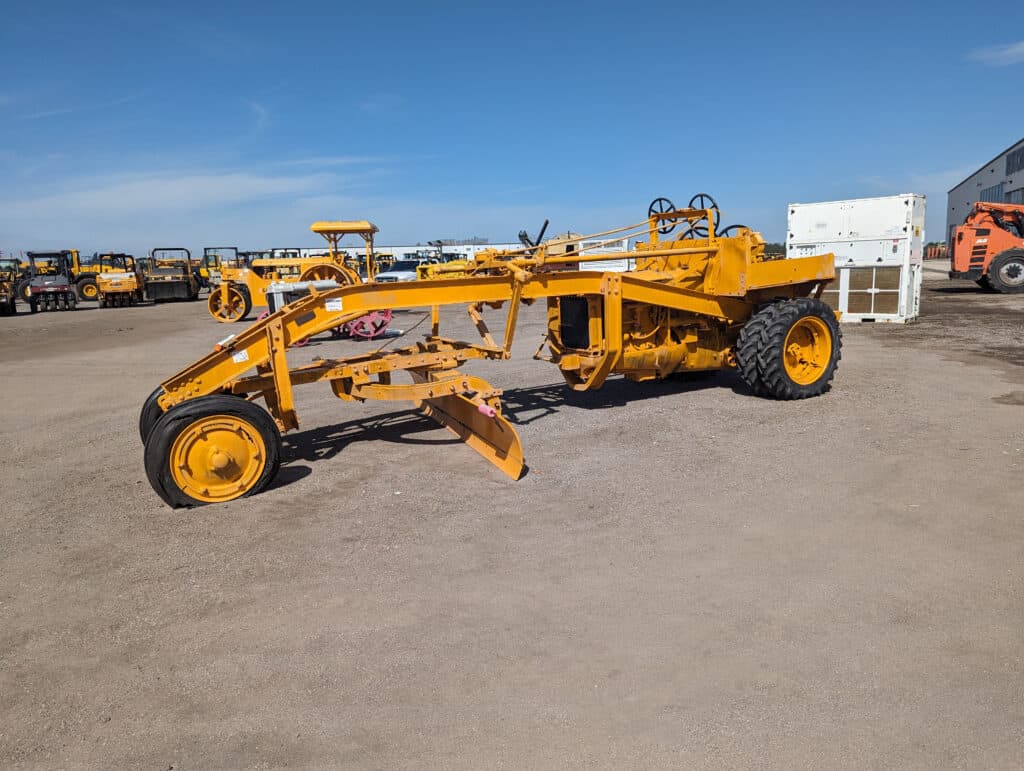
While most brand new motor graders can range from $15,000 to $80,000+, many look to buy a used motor grader. Used motor graders can be discounted from 25 – 50% making them an attractive solution to your budget needs. Many factors determine the cost of used motor graders like the current hours on the odometer. You will want to have a full inspection completed before considering the purchase.
This will be performed by a licensed mechanic who will look over the entire machine as well as any attachments to give you a guide of the current wear and tear. You can use this inspection to estimate the life span left on the used machine. You’ll also want to consider the maintenance of a used motor grader as those tend to increase as the machine ages. Motor Graders can hold their value well, so you should think about if this is a machine you are going to keep around for a while. If it is, consider buying new.
Renting a motor grader is another great option to complete your project, especially if it is only needed for a short time. Rental costs will fluctuate and can be based on things like location, how many days you are renting it, attachments you are also renting, etc.
4. What to Look for When Buying a Used Motor Grader.
These 5 tips can help determine the value of a used motor grader.
- Play or Movement
- Cracks, Bends, or Dents
- Leaks
- Inaccurate or Broken Hours Meter
- Worn Cable and Welds
When looking to buy a used loader motor grader you should always check the brake pedals and seat to compare the wear to the odometer, Engine for leaks, and the Belts and Tires for wear. Do a walk around looking for any fishplates. A fishplate is a weld joint to join two metal plates together. It’s commonly used to give strength to an existing weld underneath. Check the circle to make sure it has been properly maintained. Look for wear, alignment and any play without shims.
The moldboard should be straight, have a cutting edge still remaining or know you’ll need to replace it if it’s 1/2 or less. You want to keep a long, sharp cutting edge so the moldboard will not be taking on the work of the cutting edge. Hydraulic lines and hoses should be accessed for cracks and leaks as well as articulation points and the linkage system. The cosmetics of the machine can give you insight of how well the machine has been maintained as well as how rough the previous user was on the machine. Look for low hours, one owner, great shape and a great price!
Why Choose VeriTread?

Once you’ve purchased your motor grader look to us for all of your transportation needs. VeriTread is your go to solution for hauling a motor grader. We can have your motor grader delivered to any destination in North America in a safe and timely manner. We are experts with connecting you with a transport provider that can handle all the paperwork, select the right trailer and driver, and chart the most efficient route.
VeriTread moves thousands of machines every year and can quickly generate a reliable estimate on the go. Our extensive specs and dimensions database of 60,000+ items, ensures you spend less time researching and more time putting your equipment to work. The VeriTread Shipper quote process is the simplest way to receive competitive quotes from vetted transport providers. Follow these easy steps and you will receive a quote in under one minute:
- Select Ready To Ship from the Freight Options Page
- Enter a Manufacturer & Model
- Verify or Edit Your Machine Dimensions
- Enter Pickup & Drop Off Locations
- Your Quote is Ready!
We believe our suite of innovative decision tools empower our customer to make smarter and more informed transportation decisions, reducing overall uncertainty, and saving you time and money. If you have questions contact us at (800) 880-0468 or (863) 226-0903 and let our team of experts help you with your transport needs.
CATEGORIES
recent posts
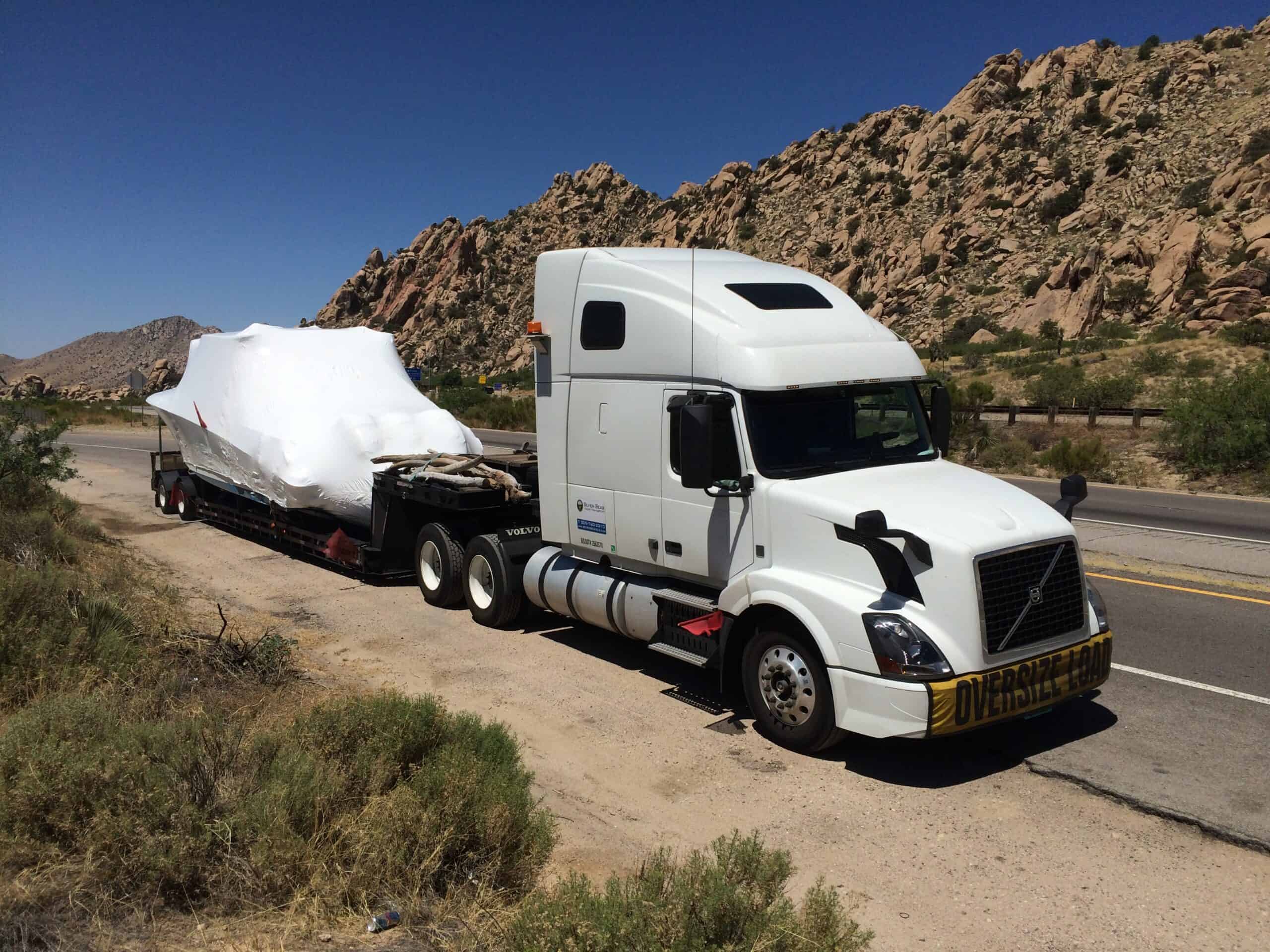
Anchoring Your Budget: Understanding and Managing Boat Transport Costs
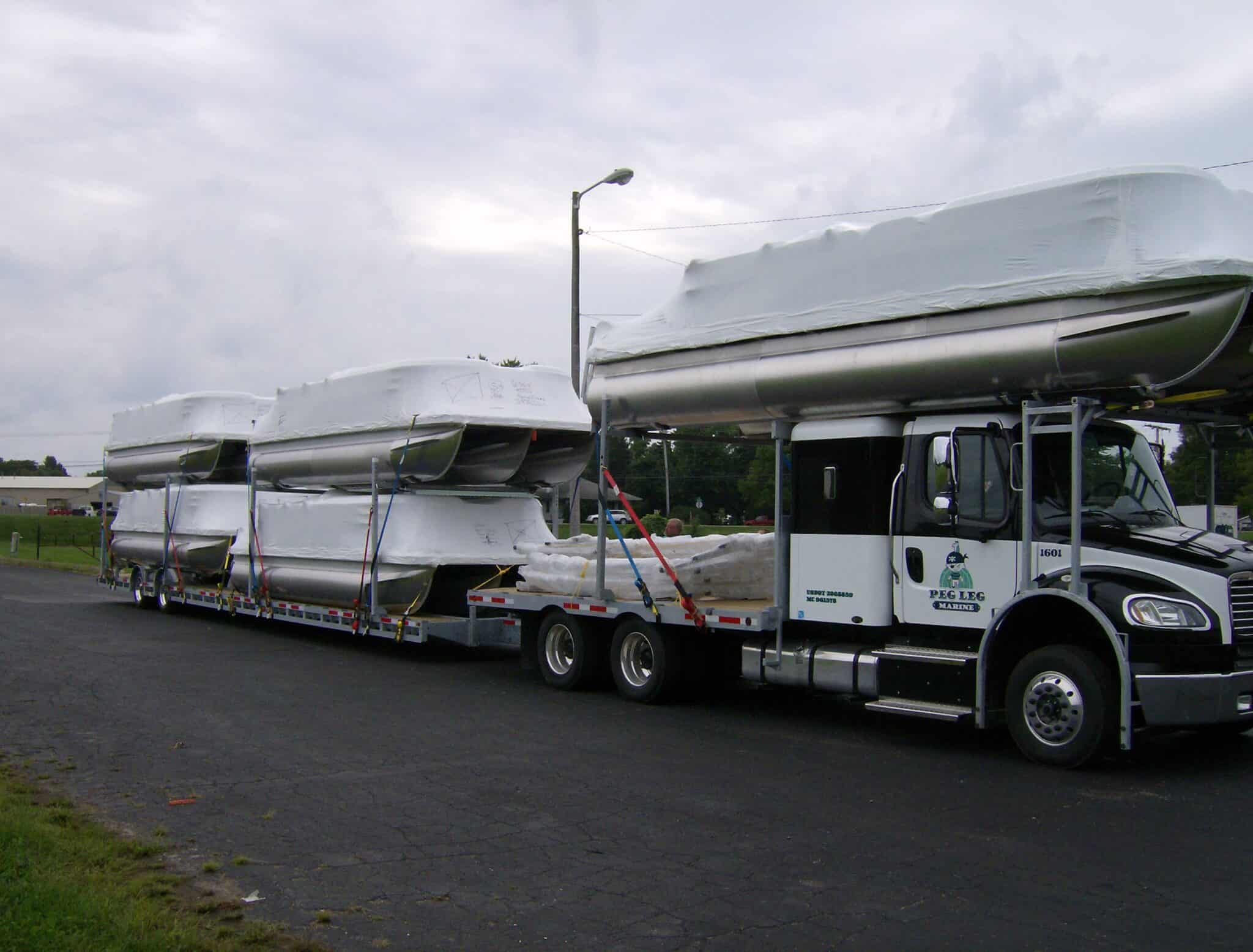
Your Guide to Boat Transport Regulations and Permits
